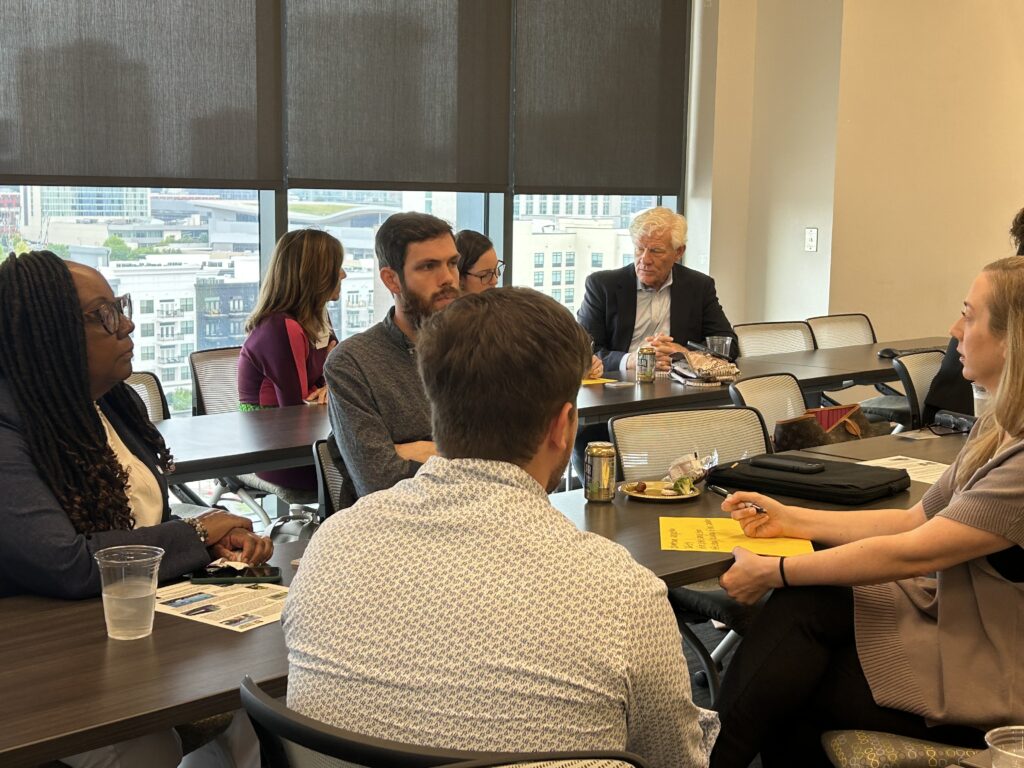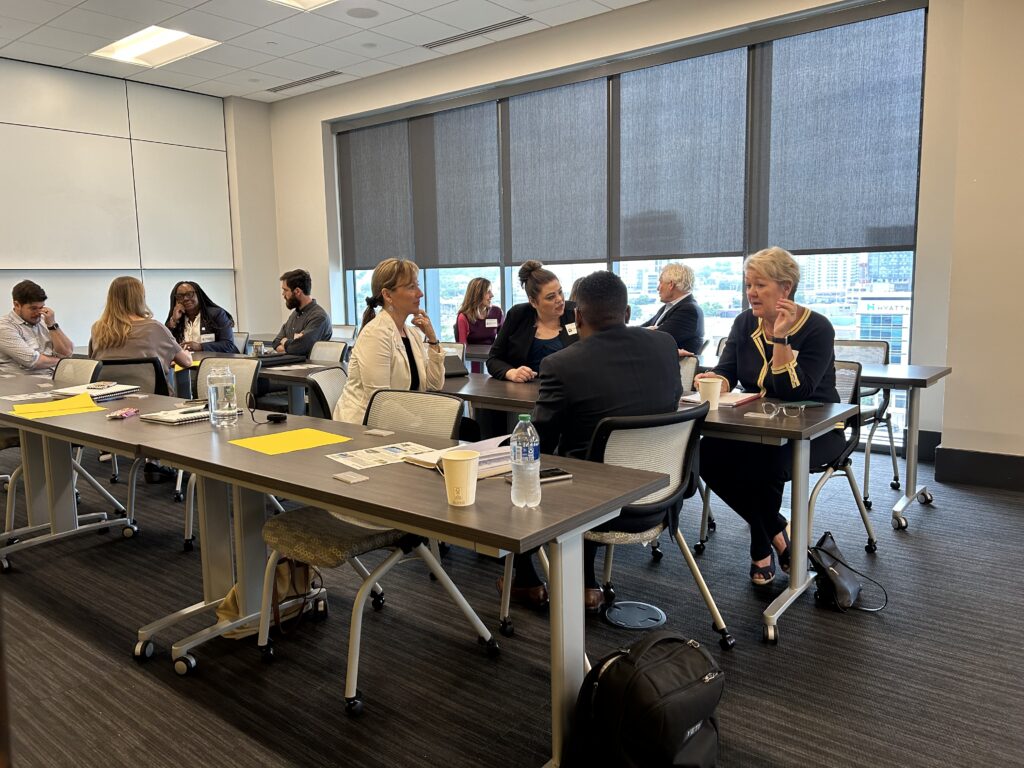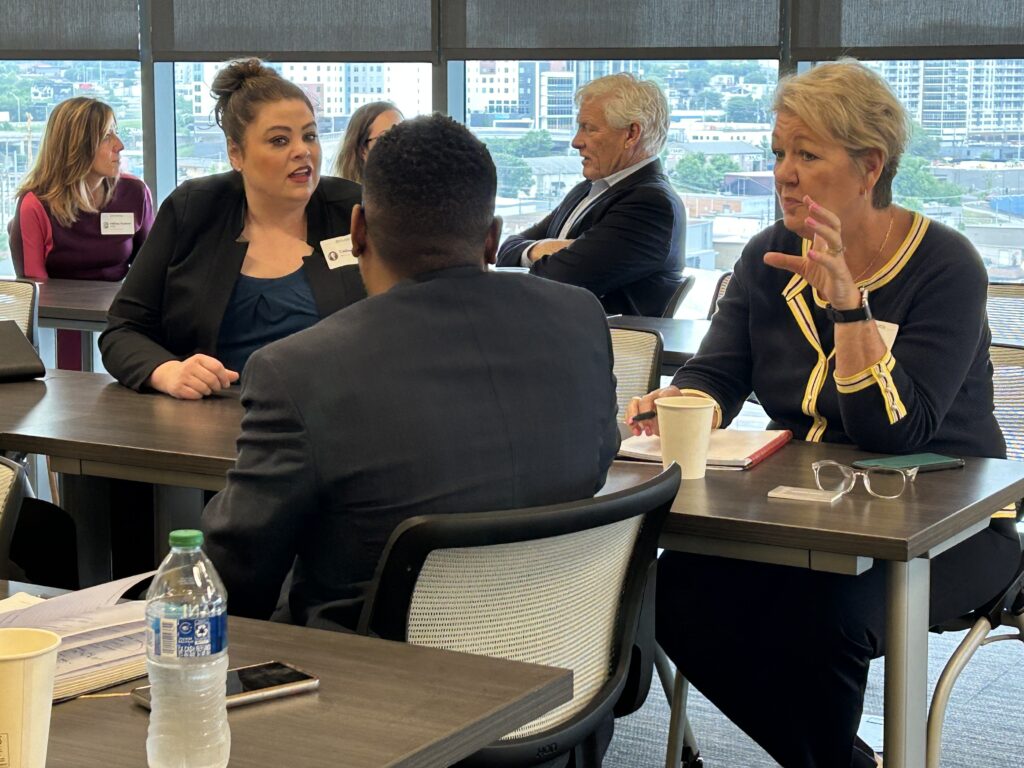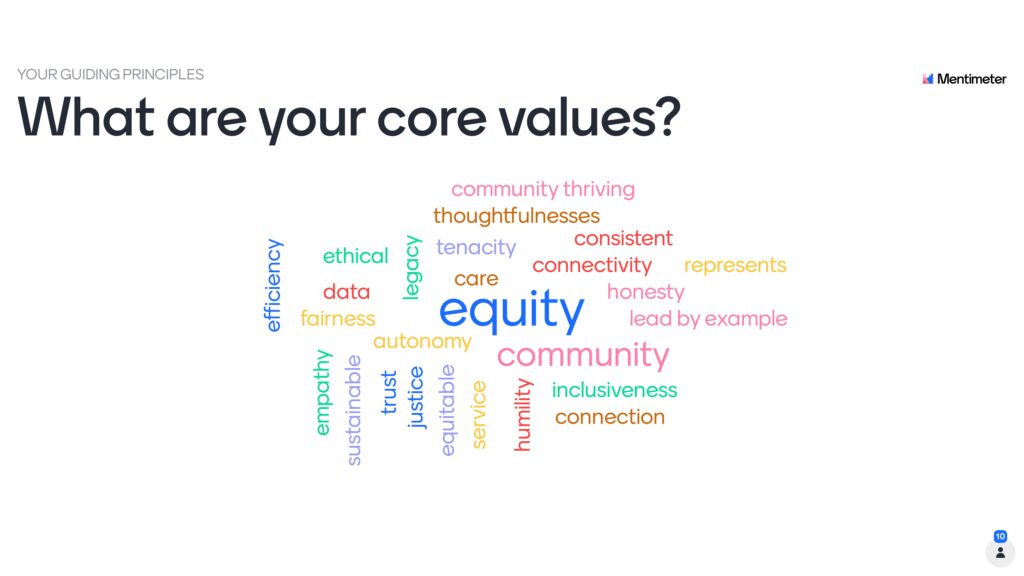


Results

Question 1: What immediate mobility challenges are you facing right now?
- Downtown congestion
- Safety
- Interstate congestion
- Efficiency / accuracy of bus schedules
- Wayfinding for bus stops and stations
- Bus frequency (too infrequent on most routes)
- Bike safety
- Accessibility for older adults
- Disparities in central areas vs. further out areas
- Barriers to access (education & comfortability)
- Limited sidewalks & bike lanes
- Long commute times
- Potholes, deteriorating infrastructure
- Bottlenecks & traffic patterns
- Traffic lights / lack of SMART lights
- Efficient transit design
- No Dedicated express lanes
- Lack of North-South or East-West connectivity for mid tn counties & neighborhoods
- No wheel tax or tolls
- Wego not as accessible for all –esp vulnerable communities
- ADA accessibility; vulnerable residents
- Poorly rated city for pedestrians/cyclists
- Walking (lack of access to safe pathways)
- Cycling (people parked in bike lanes, bike lanes not contiguous, unsafe drivers)
- Inadequate freeways for rush hour traffic
- Germantown parallel roads shut down at once
- Construction projects have poor planning for traffic control
- Nissan traffic bad for east nashville residents
- Neighborhood roads too fast
- Geodis stadium traffic
- School zones back up neighborhood traffic
- Bus schedule is infrequent and inconsistent (too hard to figure out)
- Mt. Juliet & Lebanon commute via STAR isn’t coordinated with the bus
- Uber rates are unpredictable
- Nashville is a car city
- New Nashville residents have to buy a car
Question 2: What are the top 3 mobility infrastructure projects that you think are critical to the structure/quality of life in Nashville and that you would support?
- Commuter and light rail
- Light rail
- Regional connections
- Elevated or underground
- Combination of greater, more thoughtful bus coverage as an integrated mass transit plan
- Including dedicated bus lanes
- Multimodal plan – understand the impact of light rail on other issues like buses, ADA
- Franklin, Concord Rd, Old Hickory
- Use existing rail lines to bring back STAR
- Subsidize for several years so people get used to using it
- Can we use any rails besides that one?
- Regional piggyback on existing railway
- Commuters people are getting pushed out of davidson due to affordability
- Trickle-down effect to relieve local traffic
- RTA & HOV lanes
- Bus-only lanes and 3+ people per vehicle
- Northeast to Southeast corridors
- Moving radnor yards
- Bike route connectivity
- Pedestrian infrastructure
- Sidewalks, greenways, pedestrian streets
Infrastructure Priorities
- Higher Frequency Bus Routes, 91.67%
- Affordable Housing, 83.33%
- Pedestrian Safety, 83.33%
- Regional Transit Solutions, 75%
- Expanded Bus Service Hours, 66.67%
- Protected Bike Lanes, 58.33%
- Greenways, 58.33%
- Traffic Signalization, 50%
- Crosstown Bus Routes, 41.67%
- Transit Priority Corridors, 33.33%
- Neighborhood Transit Centers, 25%
- Traffic Calming, 25%
- Park and Rides, 8.33%
